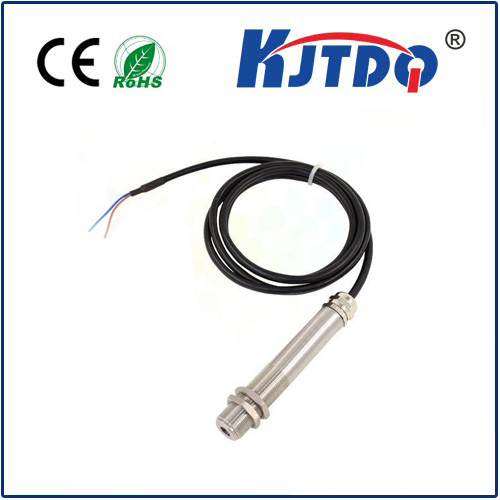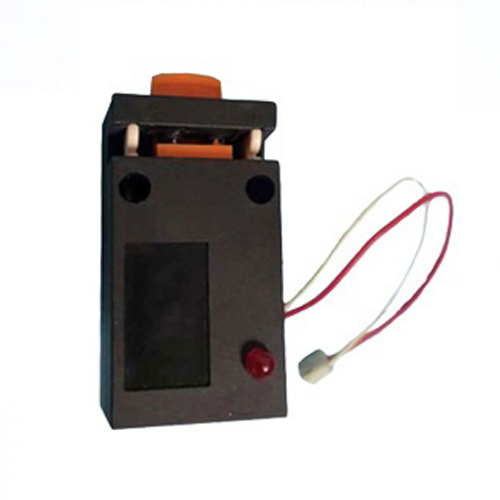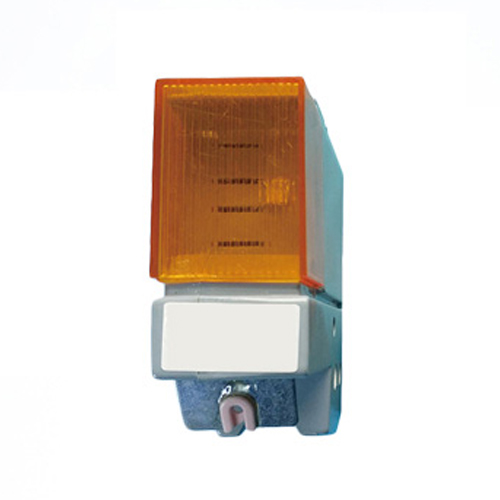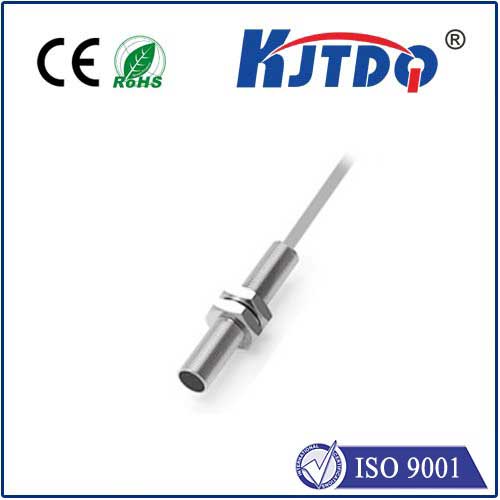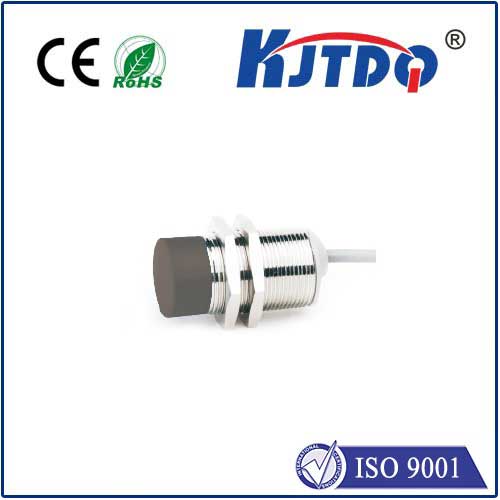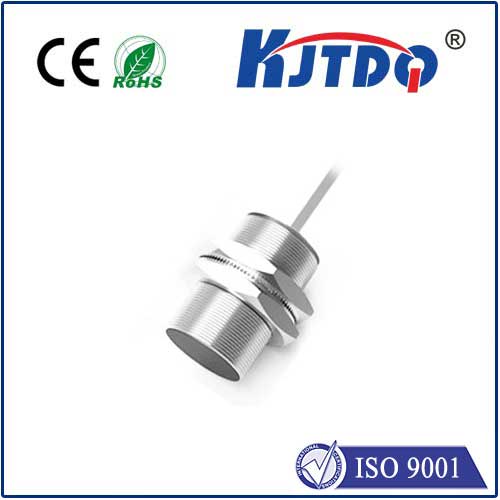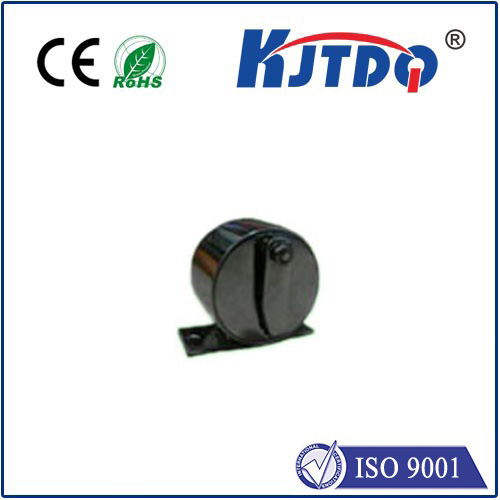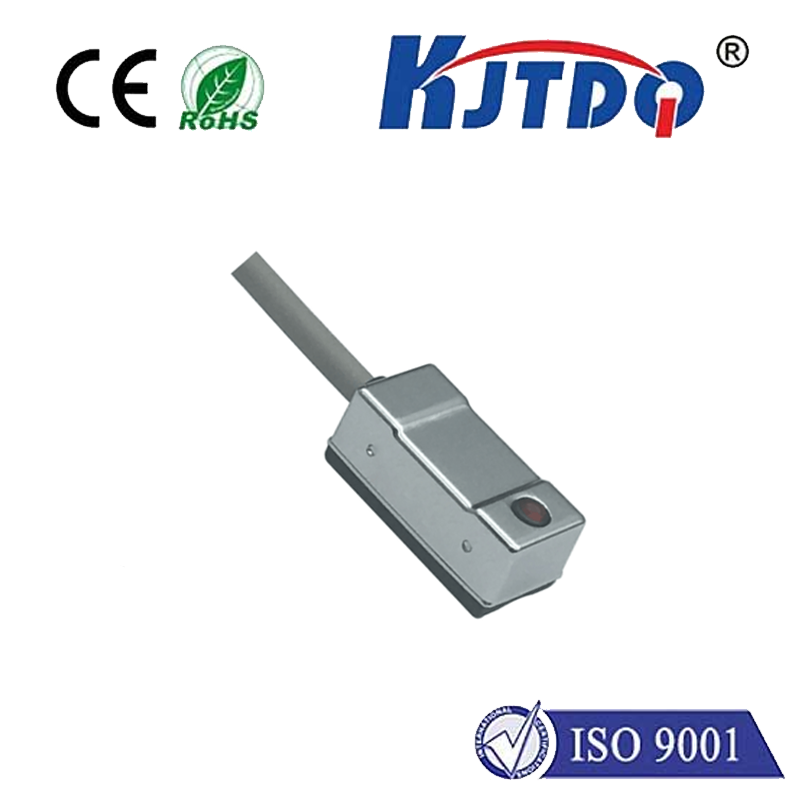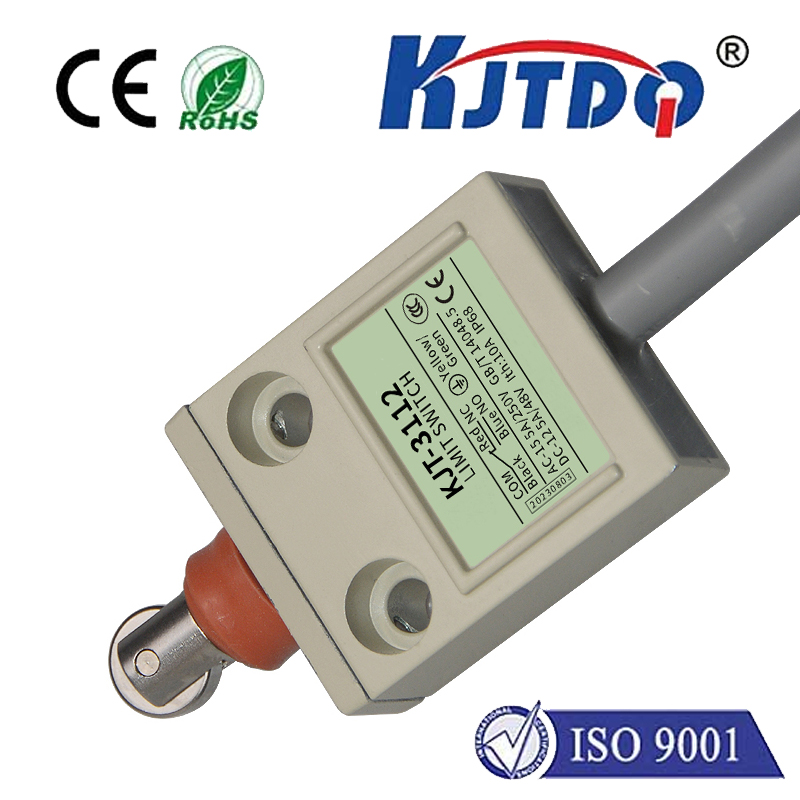hoist upper limit switch
- time:2025-08-04 13:08:26
- Click:0
Hoist Upper Limit Switch: Your Critical Last Line of Defense Against Over-Travel Disasters
Imagine this: Tons of valuable cargo or heavy machinery suspended high in the air. The crane operator carefully guides the load upwards. Suddenly, the hoist motor should cut off, preventing the load block from crashing into the drum or superstructure. But what if it doesn’t? The potential for catastrophic equipment failure, costly damage, and unthinkable personnel injury becomes terrifyingly real. This nightmare scenario is precisely what the Hoist Upper Limit Switch is designed to prevent. Often overlooked but absolutely indispensable, this vital component acts as the final, critical safety guard in overhead lifting operations, safeguarding lives, assets, and operational continuity.
Understanding the Hoist Upper Limit Switch is fundamental to safe and compliant lifting operations. At its core, it is a safety device strategically positioned to automatically stop the hoisting motion before the load block, hook assembly, or lifting attachment reaches a dangerous position. Its primary mission is unambiguous: prevent over-travel during the upward hoisting movement. This seemingly simple action is paramount for several critical safety and operational reasons.
Why is Preventing Over-Travel So Crucial?
The consequences of a hoist over-traveling its upper limit are severe and often irreversible:
- Structural Damage: The load block or hook assembly forcefully colliding with the hoist drum, trolley, bridge girder, or building structure can inflict massive damage. Repairing or replacing crushed components is incredibly costly and leads to significant downtime.
- Cable or Chain Damage/Wrecking: Perhaps the most dangerous outcome. If the load block impacts the drum with sufficient force, the hoist rope or chain can jump its grooves, potentially derailing or wrecking. Cable wrecking can cause the entire load to fall catastrophically, posing extreme risks to anyone below and causing widespread damage.
- Component Failure: The extreme mechanical stress from an impact can fracture hooks, damage sheaves, bend load blocks, or destroy the switch itself.
- Personnel Hazard: While primarily preventing equipment failure, stopping over-travel inherently protects personnel by preventing falling debris resulting from component failure and by averting the dangerous conditions that could lead to such failures in the first place.
How Does the Upper Limit Switch Function?

The principle is straightforward but relies on precision and reliability:
- Triggering the Limit: As the hook block ascends during hoisting, an actuator (often a weighted lever, cam roller, or magnetic proximity sensor) mounted on the hook block assembly approaches the Upper Limit Switch.
- Activation: The actuator physically contacts and moves a lever on a mechanical switch or passes within a specific proximity to activate an electronic (non-contact) switch.
- Circuit Interruption: This contact or proximity signal causes the switch to change state. Typically, it interrupts the electrical control circuit responsible for the upward hoist motion. This critical action removes power to the hoist motor or engages the brake, immediately halting any further upward travel.
- Mandatory Reset: Crucially, once the upper limit switch is tripped, it typically requires a manual reset. You cannot simply hoist upwards again. Lowering the load block a safe distance is necessary to reset the switch, often involving pressing a reset button or physically moving a lever back to its ready position. This reset requirement is a fundamental safety feature, forcing acknowledgment of the limit situation and preventing immediate re-attempts to over-travel.
Beyond the Basic Stop: Types and Placement
While the core function is universal, designs vary:
- Mechanical Lever Switches: Common and robust. A lever arm is physically deflected by the actuator.
- Proximity Switches (Inductive/Magnetic): Non-contact sensors triggered by the presence of a metallic actuator. Less prone to damage from vibration or impact but require careful calibration.
- Rotary Cam Switches: Often used where motion is transferred via a shaft; a rotating cam opens or closes contacts at a preset position.
Placement is critical for effectiveness. The switch must be positioned so that it activates sufficiently early to allow the hoist to stop smoothly before any part of the load block assembly reaches its absolute physical end-of-travel point. Factor in the stopping distance of the hoist (inertia) and ensure the switch is securely mounted and protected from accidental damage or environmental hazards (dust, moisture, extreme temperatures). Proper adjustment according to the manufacturer’s specifications is non-negotiable.
The Lifeline of Your Lifting Operations: Why It Can’t Be Ignored
The Hoist Upper Limit Switch is not a “nice-to-have”; it’s a critical safety requirement mandated by international standards like ASME B30.2 (Overhead and Gantry Cranes) and OSHA regulations (e.g., 29 CFR 1910.179). Its importance transcends mere compliance:
- Prevents Catastrophic Failures: As elaborated, it stops the chain of events that can lead to cable derailment, load drops, and structural collapse.
- Protects Significant Capital Investment: Cranes and hoists are expensive assets. The switch prevents damage worth tens or hundreds of thousands of dollars in repairs and lost production time.
- Ensures Personnel Safety: By preventing over-travel and the subsequent potential for component failure or falling objects, it is a frontline defense for worker safety. A properly functioning upper limit switch is a cornerstone of crane safety protocol.
- Maintains Operational Continuity: Preventing accidents prevents unplanned downtime. A minor interruption for a switch trip is vastly preferable to weeks or months of repairs after a collision or failure.
Ensuring Peak Performance: Verification and Maintenance
Relying blindly on this critical safety device is a recipe for disaster. Regular inspection, testing, and maintenance are absolutely essential:
- Daily/Pre-Shift Visual Check: Operators should visually inspect the switch and actuator for obvious damage, loose mounting, or fouling before starting operations.
- Functional Test (Periodic): Following documented procedures (Lockout/Tagout applied!), deliberately trip the upper limit switch at a very slow speed (inch mode) to verify it actually stops the hoist’s upward motion as intended. Never perform this test with a load suspended!
- Reset Verification: After tripping the switch, ensure that lowering the block allows for a proper reset and that hoisting upwards is only possible again after the reset is completed.
- Record Keeping: Document all inspections, tests, and any maintenance performed on the switch. This is crucial for compliance and tracking device history.
- Professional Maintenance/Servicing: Include switch inspection, adjustment, and replacement (if necessary) as part of the hoist’s regular preventative maintenance schedule performed by qualified technicians. Replace switches showing signs of wear, damage, or unreliability immediately.
While often a small and unassuming component tucked away on a hoist assembly, the Hoist Upper Limit Switch plays an outsized role in industrial safety. It is the vigilant sentry standing guard against one of the most dangerous failure modes in overhead lifting. Understanding its function, ensuring its proper installation and adjustment, and committing to rigorous verification routines are fundamental responsibilities for everyone involved in crane operations. This commitment transforms a simple switch into the powerful last line of defense it was designed to be, protecting what truly matters.







